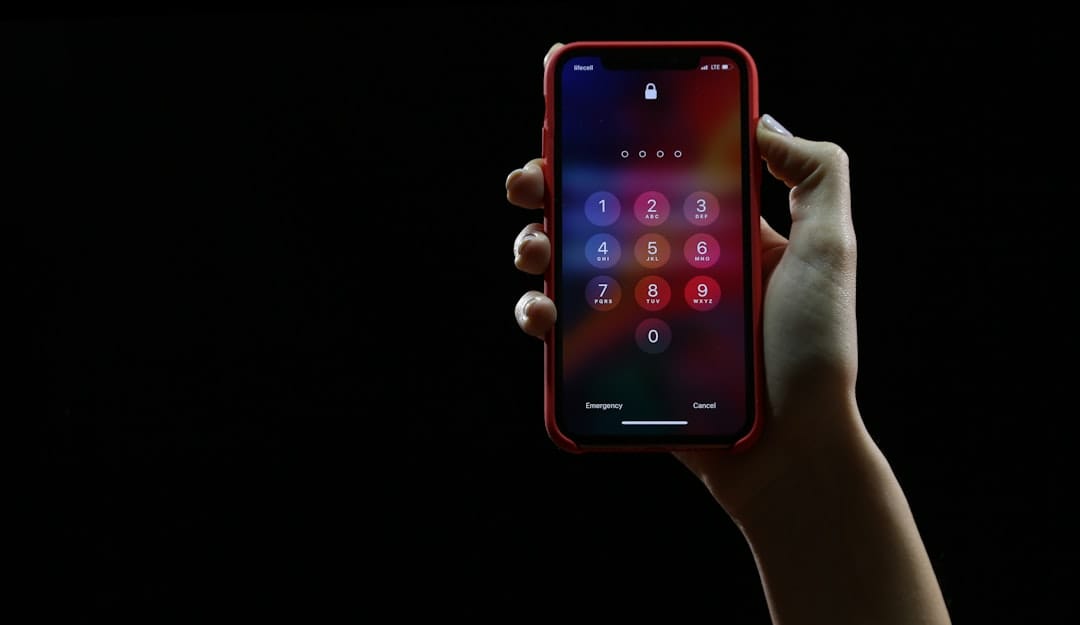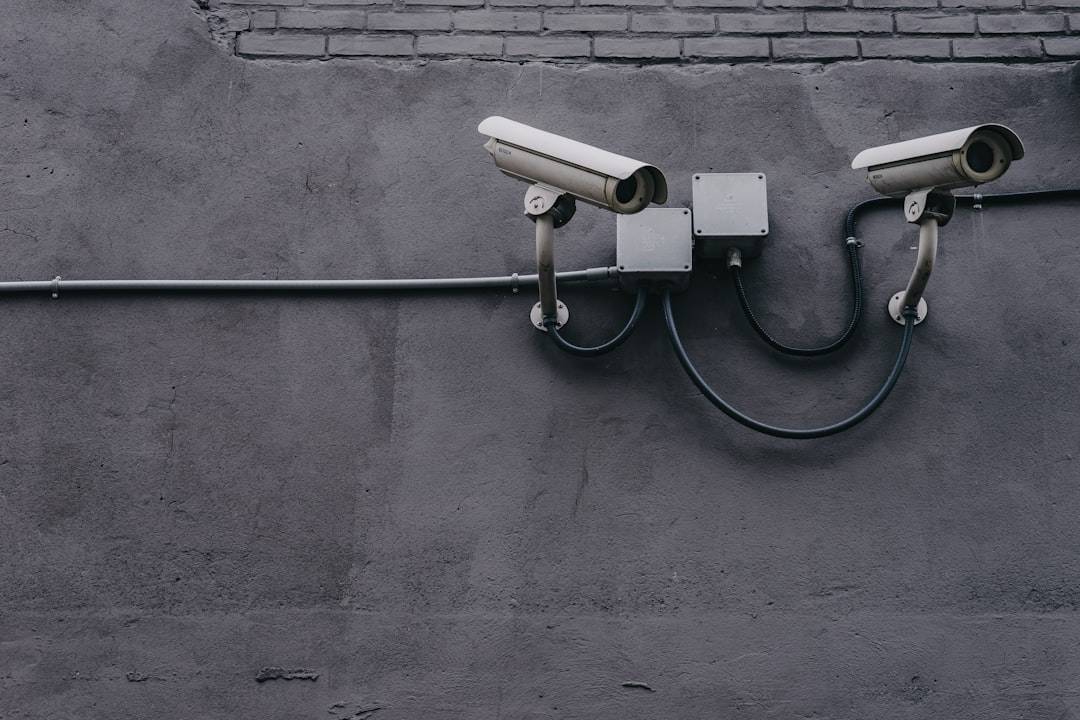In the digital era, cyber security has become a crucial aspect of our daily lives. As we increasingly rely on technology for communication, financial transactions, and personal data storage, protecting ourselves from cyber threats is more important than ever. Cyber security encompasses various practices and measures designed to safeguard digital information and systems from unauthorized access, data breaches, and cyber attacks.
Individuals, businesses, and organizations must prioritize cyber security to prevent potential financial loss, identity theft, and reputational damage. The prevalence of cyber attacks and data breaches underscores the importance of cyber security. Hackers and cyber criminals continuously develop new techniques to exploit vulnerabilities in digital systems, necessitating vigilance and proactive protection of our online presence.
The growing interconnectedness of devices through the Internet of Things (IoT) has expanded the potential attack surface for cyber threats, further emphasizing the need for robust cyber security measures. Understanding the importance of cyber security enables individuals and organizations to take proactive steps to mitigate risks and protect sensitive information. The impact of a successful cyber attack can be severe, leading to financial losses, legal implications, and damage to an individual or organization’s reputation.
For businesses, a data breach can result in significant financial repercussions, loss of customer trust, and potential legal consequences. Individuals who fall victim to cyber crime may experience identity theft, financial fraud, and invasion of privacy. Prioritizing cyber security helps minimize the potential impact of these threats and ensures the security of digital assets and personal information.
Recognizing the importance of cyber security is essential for safeguarding our digital lives and maintaining a secure online environment.
Key Takeaways
- Cyber security is crucial for protecting personal and sensitive information from cyber attacks and data breaches.
- Creating strong and unique passwords is essential for preventing unauthorized access to accounts and sensitive information.
- Implementing two-factor authentication adds an extra layer of security by requiring a second form of verification to access accounts.
- Regularly updating software and operating systems helps to patch security vulnerabilities and protect against potential cyber threats.
- Being cautious of phishing attempts is important for avoiding falling victim to fraudulent emails or websites designed to steal personal information.
- Backing up data regularly ensures that important information is not lost in the event of a cyber attack or system failure.
- Utilizing a Virtual Private Network (VPN) for secure browsing helps to encrypt internet traffic and protect sensitive data from potential hackers or eavesdroppers.
Creating Strong and Unique Passwords
Creating strong and unique passwords is a fundamental aspect of maintaining good cyber security practices. Passwords act as the first line of defense against unauthorized access to our digital accounts and sensitive information. A strong password should be complex, unique, and difficult for others to guess or crack.
It is essential to avoid using easily guessable passwords such as “123456” or “password,” as these are among the most commonly used and easily compromised passwords. Instead, individuals should opt for passwords that are at least 12 characters long and include a mix of uppercase and lowercase letters, numbers, and special characters. In addition to creating strong passwords, it is crucial to use unique passwords for each online account.
Reusing passwords across multiple accounts increases the risk of a security breach, as a compromised password for one account could potentially grant unauthorized access to other accounts as well. To manage multiple passwords effectively, individuals can consider using a reputable password manager tool that securely stores and encrypts their login credentials. By creating strong and unique passwords for each online account, individuals can significantly reduce the risk of unauthorized access and protect their personal information from potential cyber threats.
Moreover, implementing multi-factor authentication (MFA) alongside strong passwords can provide an additional layer of security for online accounts. MFA requires users to provide two or more forms of verification before gaining access to an account, such as a password combined with a unique code sent to their mobile device. This added security measure can help prevent unauthorized access even if a password is compromised.
Overall, creating strong and unique passwords is essential for enhancing cyber security and protecting our digital identities from potential threats.
Implementing Two-Factor Authentication

Implementing two-factor authentication (2FA) is a crucial step in bolstering cyber security measures for online accounts and digital platforms. 2FA adds an extra layer of protection by requiring users to provide two different forms of identification before accessing their accounts. This typically involves something the user knows (such as a password) combined with something they have (such as a unique code sent to their mobile device).
By implementing 2FA, individuals can significantly reduce the risk of unauthorized access to their accounts, even if their passwords are compromised through phishing attempts or data breaches. Furthermore, many online services and platforms offer 2FA as an optional security feature that users can enable to enhance the protection of their accounts. By taking advantage of 2FA, individuals can mitigate the potential impact of cyber threats such as unauthorized account access, identity theft, and financial fraud.
Additionally, 2FA can serve as an effective deterrent against automated bots and malicious actors attempting to gain unauthorized access to online accounts through brute force attacks or password guessing techniques. In today’s digital landscape, where cyber threats are constantly evolving and becoming more sophisticated, implementing 2FA is an essential practice for individuals and organizations alike. By adding an extra layer of security beyond just passwords, 2FA helps to safeguard sensitive information and prevent unauthorized access to online accounts.
Overall, 2FA plays a critical role in strengthening cyber security measures and reducing the risk of account compromise in an increasingly interconnected digital world.
Regularly Updating Software and Operating Systems
| Software/Operating System | Frequency of Updates | Importance |
|---|---|---|
| Windows 10 | Monthly | Security patches and bug fixes |
| MacOS | Regularly | Security enhancements and feature updates |
| Google Chrome | Every few weeks | Security improvements and new features |
| Adobe Acrobat | Regularly | Security updates and performance enhancements |
Regularly updating software and operating systems is a vital aspect of maintaining strong cyber security practices. Software updates often include patches for known vulnerabilities and security flaws that could be exploited by cyber criminals. By keeping software and operating systems up to date, individuals and organizations can mitigate the risk of potential security breaches and unauthorized access to their digital systems.
Failure to update software in a timely manner can leave devices and networks vulnerable to exploitation by malicious actors seeking to compromise sensitive information. Moreover, outdated software and operating systems are more susceptible to malware infections and other forms of cyber attacks. Cyber criminals often target known vulnerabilities in outdated software to gain unauthorized access or deploy malicious software onto devices.
By regularly updating software and operating systems, individuals can minimize the risk of falling victim to malware infections, ransomware attacks, and other forms of cyber threats that exploit outdated software vulnerabilities. Additionally, software updates often include performance improvements, bug fixes, and new features that enhance the overall functionality and security of digital devices and applications. By staying current with software updates, individuals can ensure that their digital systems are running efficiently and securely.
Many software updates are designed to address specific security vulnerabilities that have been identified by developers or security researchers, making it essential for users to apply these updates promptly. In conclusion, regular software updates are essential for maintaining strong cyber security practices and protecting digital systems from potential vulnerabilities and exploits. By staying proactive with software updates, individuals can reduce the risk of falling victim to cyber attacks and ensure that their digital devices remain secure and resilient against evolving threats.
Being Cautious of Phishing Attempts
Being cautious of phishing attempts is crucial for maintaining good cyber security hygiene in today’s digital landscape. Phishing is a form of social engineering attack where cyber criminals attempt to deceive individuals into divulging sensitive information such as login credentials, financial details, or personal data. Phishing attempts often take the form of deceptive emails, fake websites, or fraudulent messages designed to trick recipients into providing confidential information or clicking on malicious links.
To protect against phishing attempts, individuals should exercise caution when interacting with unsolicited emails or messages from unknown senders. It is important to scrutinize the sender’s email address and look for any signs of suspicious or unusual content within the message. Additionally, individuals should avoid clicking on links or downloading attachments from untrusted sources, as these could potentially lead to malware infections or unauthorized access to sensitive information.
Furthermore, individuals should be wary of any requests for personal or financial information that seem out of the ordinary or raise suspicion. Legitimate organizations will never ask for sensitive information such as passwords or credit card details via unsolicited emails or messages. By remaining vigilant and skeptical of unexpected requests for personal information, individuals can reduce the risk of falling victim to phishing attempts and protect their sensitive data from being compromised by malicious actors.
In conclusion, being cautious of phishing attempts is essential for maintaining good cyber security practices and protecting against social engineering attacks. By staying informed about common phishing tactics and exercising vigilance when interacting with digital communications, individuals can minimize the risk of falling victim to deceptive schemes designed to compromise their personal information.
Backing Up Data Regularly

Backing up data regularly is a critical aspect of maintaining good cyber security practices and ensuring the resilience of digital information against potential data loss or corruption. Data backups involve creating copies of important files, documents, and digital assets in a separate location or storage medium. In the event of hardware failure, malware infections, or accidental deletion, having up-to-date backups enables individuals to restore their data and minimize the impact of potential data loss.
Moreover, data backups serve as a safeguard against ransomware attacks, where malicious actors encrypt files on a victim’s device and demand payment for their release. By maintaining regular backups of important data, individuals can avoid being held hostage by ransomware attacks and restore their files from a secure backup source without having to pay a ransom to cyber criminals. Additionally, individuals should consider implementing a comprehensive backup strategy that includes both local backups (e.g., external hard drives) and offsite backups (e.g., cloud storage services).
This multi-tiered approach ensures that data remains accessible even in the event of physical damage or loss of local backup devices. Cloud-based backup solutions offer the added benefit of remote accessibility and automatic synchronization, making it easier for individuals to maintain up-to-date backups without manual intervention. In conclusion, backing up data regularly is essential for maintaining good cyber security practices and safeguarding against potential data loss or corruption.
By establishing a robust backup strategy that includes both local and offsite backups, individuals can ensure the resilience of their digital information and minimize the impact of unforeseen events that could compromise their data integrity.
Utilizing a Virtual Private Network (VPN) for Secure Browsing
Utilizing a Virtual Private Network (VPN) is an effective way to enhance cyber security measures and ensure secure browsing practices when accessing the internet from various locations. A VPN creates a secure encrypted connection between a user’s device and a remote server operated by the VPN service provider. This encrypted tunnel helps protect user data from interception by malicious actors or unauthorized third parties while browsing the internet or accessing online services.
Furthermore, VPNs provide an added layer of privacy by masking a user’s IP address and location from websites and online services. This helps prevent tracking by advertisers or other entities seeking to monitor an individual’s online activities for targeted advertising or data collection purposes. By utilizing a VPN for secure browsing, individuals can maintain greater anonymity and privacy when accessing the internet from public Wi-Fi networks or other potentially insecure environments.
Moreover, VPNs are particularly valuable for individuals who frequently travel or work remotely, as they provide a secure means of accessing corporate networks or sensitive information without exposing data to potential eavesdropping or interception. Many businesses also utilize VPNs to ensure secure remote access for employees working outside traditional office environments. In conclusion, utilizing a Virtual Private Network (VPN) is an effective way to enhance cyber security measures and ensure secure browsing practices when accessing the internet from various locations.
By encrypting internet traffic and providing added privacy protections, VPNs help individuals maintain greater control over their online activities while minimizing the risk of unauthorized access or interception by malicious actors.
For more information on the intersection of virtual and physical spaces and its implications for cyber security, check out the article “Metaverse and the Real World: Integrating Physical and Virtual Spaces” on Metaversum.it. This article explores the potential security risks and challenges that arise from the integration of physical and virtual spaces in the metaverse, providing valuable insights for individuals and organizations looking to protect their digital assets.
FAQs
What is cyber security information?
Cyber security information refers to the knowledge and practices related to protecting computer systems, networks, and data from cyber attacks, unauthorized access, and other security breaches.
Why is cyber security information important?
Cyber security information is important because it helps organizations and individuals safeguard their digital assets, including sensitive information, financial data, and personal records, from cyber threats and attacks.
What are some common cyber security threats?
Common cyber security threats include malware, phishing attacks, ransomware, DDoS attacks, insider threats, and social engineering tactics. These threats can compromise the confidentiality, integrity, and availability of data and systems.
How can individuals and organizations stay informed about cyber security information?
Individuals and organizations can stay informed about cyber security information by following reputable sources such as government agencies, industry organizations, and cyber security experts. They can also attend training sessions, webinars, and conferences focused on cyber security.
What are some best practices for cyber security information?
Best practices for cyber security information include using strong, unique passwords, keeping software and systems updated, implementing multi-factor authentication, conducting regular security assessments, and educating employees and users about cyber security risks and best practices.











Leave a Reply